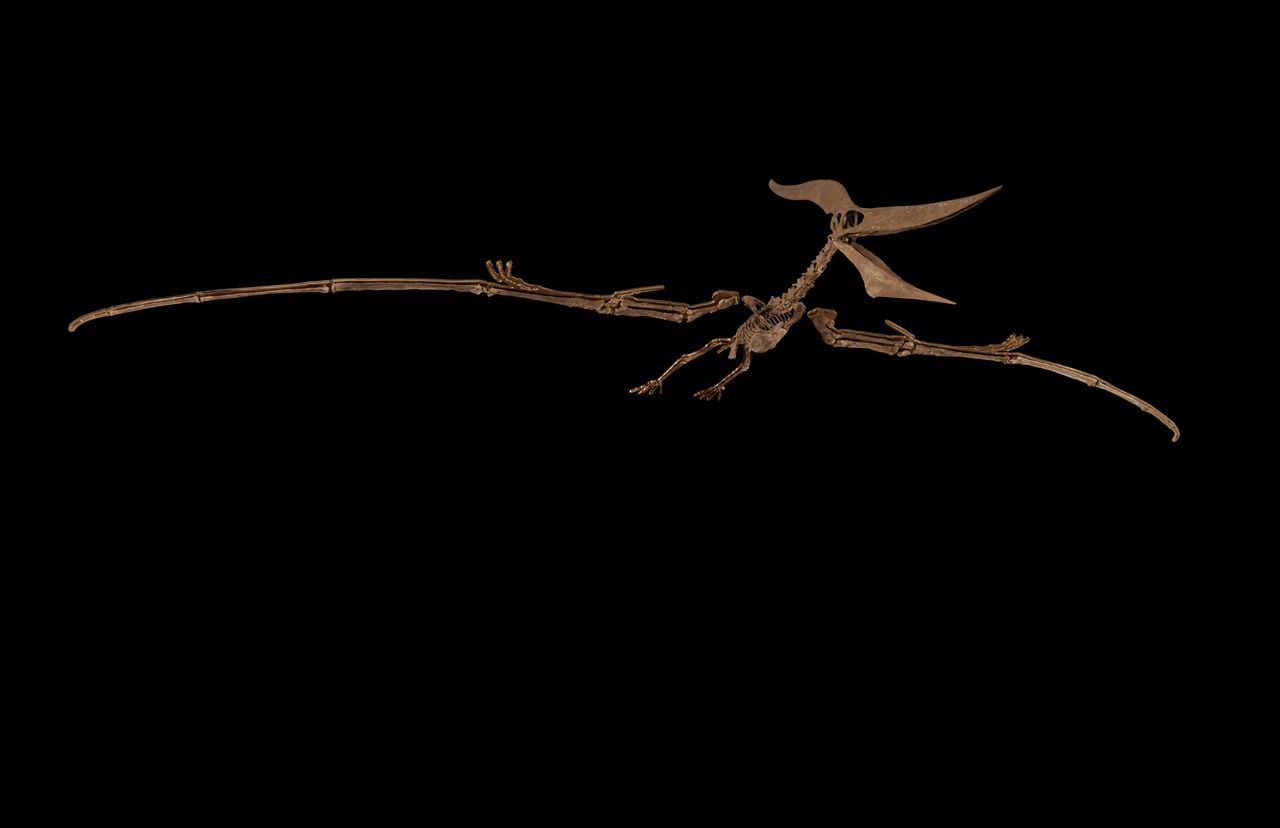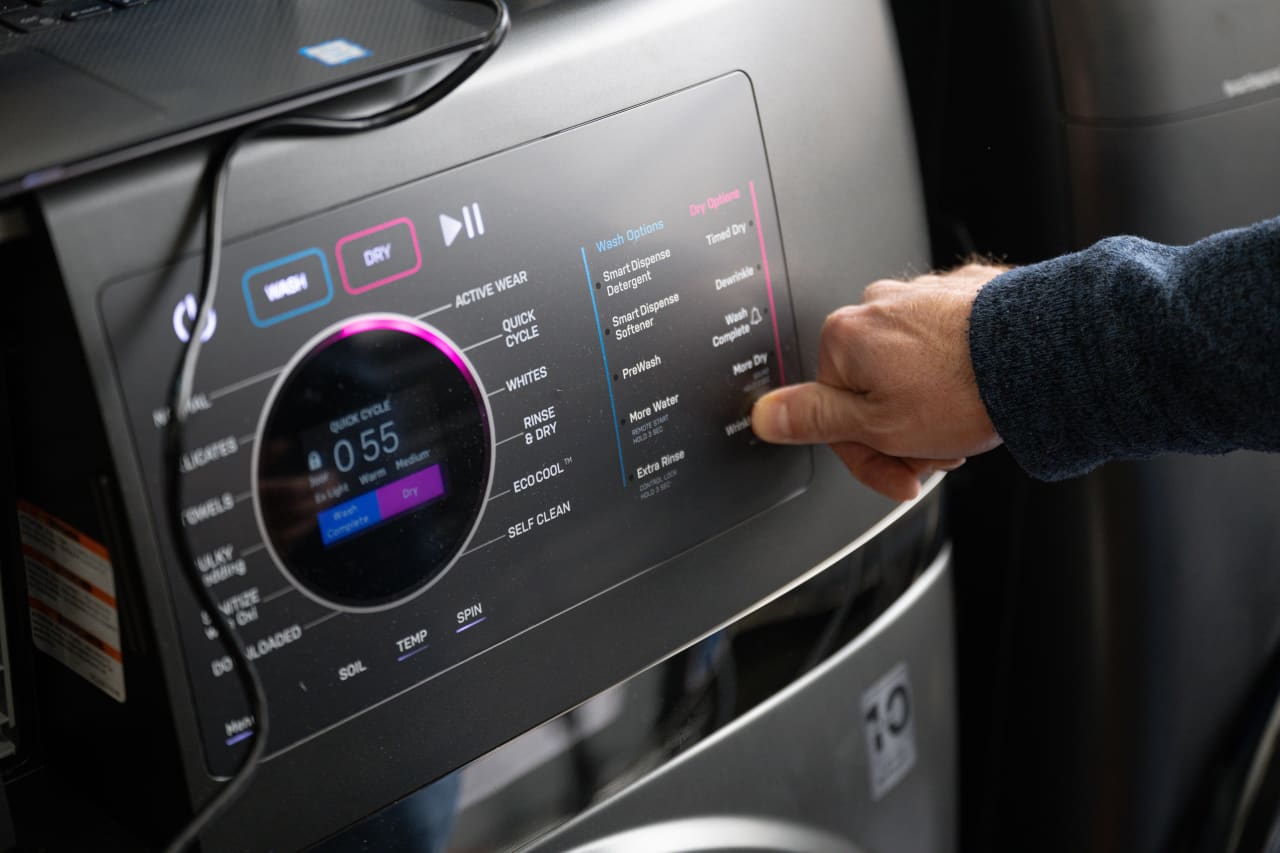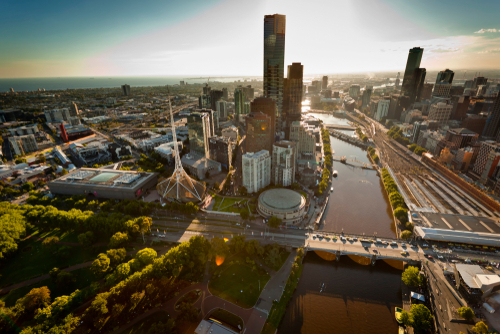Forget Shark Week: Now’s Your Chance to Own a 190 Million-Year-Old Ocean Monster
Sotheby’s is selling mounted fossil skeletons of a Pteranodon from the late Cretaceous and a Plesiosaur from the lower Jurassic—both considered fearsome predators—at a natural history auction on July 26 in New York.
The Pteranodon, a flying species that existed some 85 million years ago, is expected to achieve as much as US$6 million. The Plesiosaur, a marine reptile that existed 190 million years ago, could achieve as much as US$800,000.
The fossils continue Sotheby’s foray into selling dinosaur bones. A year ago, the auction house sold a Gorgosaurus fossil for US$6.1 million, and in December, a Tyrannosaurus rex skull nicknamed Maximus also sold for US$6.1 million. Both sales include fees. The latter result fell far short of expectations that the 200-plus pound skull could fetch as much as US$20 million.
Fossil bones of the Pteranodon—named “Horus” in honour of an ancient Egyptian deity of kingship, protection, and sky—were found by an anonymous fossil hunter in 2002 in Logan County in Kansas. The bones had been buried under layers of chalk in the seabed of what was once an inland water body known as the Western Interior Seaway. The water had divided North America into two land masses at the time.

The resulting skeleton is one of the “largest well-preserved Pteranodons ever discovered,” Sotheby’s said in a news release, noting it is also the most complete and highest quality. Also, unusually, most of the original fossil bones are “essentially unrestored” without artificial filler, which the auction said is “especially ideal for scientific study and transparency of authenticity.” Mounted, the skeleton has a 20-foot wingspan.
The flying creature’s skull, however, was created with the help of 3-D restoration to fill in pieces that weren’t found at the site. Filling in missing parts of bone with sculpted epoxies or plasters that are painted to match the fossils is very common in the restoration of dinosaurs, because it’s extremely unlikely to ever dig up a full skeleton, according to Cassandra Hatton, global head of science and popular culture at Sotheby’s.
“You are incredibly lucky if you have half of the pieces,” Hatton says. “You have to fill in those blanks in order to do the kind of 3-D, big T. rexes and Apatosauruses [seen] at Natural History Museums.”
Hatton mentions this as the auction house is selling these fossils in the wake of questions raised about the authenticity of other specimens that have been sold commercially. Perhaps the most high-profile example was the scheduled auction of a T. rex that Christie’s canceled after questions were raised about the specimen’s authenticity. The fossil skeleton was estimated to fetch at least US$15 million.
Clients have become “uncomfortable with the fact that it’s hard for people to tell the
difference, or the fact that unscrupulous people can easily pull the wool over people’s eyes,” Hatton says.
To ensure the Pteranodon’s authenticity is evident, those who prepared it for display didn’t attempt to meld the original fossil bone with sculpted materials. “It’s really clear when you look at it that O.K., ‘this is original’ and ‘this isn’t,’” she says.
The rib cage area, for example, includes a big plate on the sternum that’s original and attached to a sculpted rib cage. But there’s been no attempt to make the rib cage look like actual bone, so what’s real and what isn’t is obvious even to an untrained eye, Hatton says. Potential buyers also will be able to see an osteograph, or bone map, which lists the actual bones in the skeleton, in addition to a site map of the discovery, and photos of the dinosaur bones being excavated
“We wanted to be sure that people understood what was going on,” she says.
The 11-foot-long Plesiosaur Sotheby’s is selling was unearthed in the early 1990s in Blockley quarry, Gloucestershire, England. It was first prepared and studied by Mike Taylor, a British Plesiosaur expert, who discovered that it was a Cryptocleidus, a previously unknown species of the Jurassic, according to a Sotheby’s Paris catalog entry from 2010. The skeleton, which had been in a collection at a private museum in Germany, was sold at that time for €456,750. The current consignor is anonymous.
Unlike the Pteranodon, Sotheby’s doesn’t have a site map or photos of the Plesiosaur’s discovery, because no one at that time probably could have imagined the fossils being sold at a public auction, Hatton says.
The Plesiosaur has been nicknamed ‘Nessie’ in reference to the Loch Ness monster, as many sightings of the mythical beast describe a creature with similar features to the Plesiosaur, including a long neck, small head, and four flippers, Sotheby’s said. Reported sightings of the monster also increased in the years after the first Plesiosaur skeleton was discovered in 1823.
The highest price for a dinosaur skeleton to date is the nearly US$32 million, with fees, paid for a T. rex skeleton dubbed “Stan” in October 2020 at Christie’s in New York. The 39-foot-long skeleton will be displayed at the Natural History Museum Abu Dhabi when the institution opens in 2025.
Visitors to Sotheby’s New York galleries will have a chance to see if they can tell the difference between real bone and plaster casts by visiting the fossils on display before the auction later this month. The natural history sale is one in a series of “geek week” offerings at the auction house that also feature science and technology and space exploration.
 Copyright 2020, Dow Jones & Company, Inc. All Rights Reserved Worldwide. LEARN MORE
Copyright 2020, Dow Jones & Company, Inc. All Rights Reserved Worldwide. LEARN MORE
This stylish family home combines a classic palette and finishes with a flexible floorplan
Just 55 minutes from Sydney, make this your creative getaway located in the majestic Hawkesbury region.
Impact investing is becoming more mainstream as larger, institutional asset owners drive more money into the sector, according to the nonprofit Global Impact Investing Network in New York.
In the GIIN’s State of the Market 2024 report, published late last month, researchers found that assets allocated to impact-investing strategies by repeat survey responders grew by a compound annual growth rate (CAGR) of 14% over the last five years.
These 71 responders to both the 2019 and 2024 surveys saw their total impact assets under management grow to US$249 billion this year from US$129 billion five years ago.
Medium- and large-size investors were largely responsible for the strong impact returns: Medium-size investors posted a median CAGR of 11% a year over the five-year period, and large-size investors posted a median CAGR of 14% a year.
Interestingly, the CAGR of assets held by small investors dropped by a median of 14% a year.
“When we drill down behind the compound annual growth of the assets that are being allocated to impact investing, it’s largely those larger investors that are actually driving it,” says Dean Hand, the GIIN’s chief research officer.
Overall, the GIIN surveyed 305 investors with a combined US$490 billion under management from 39 countries. Nearly three-quarters of the responders were investment managers, while 10% were foundations, and 3% were family offices. Development finance institutions, institutional asset owners, and companies represented most of the rest.
The majority of impact strategies are executed through private-equity, but public debt and equity have been the fastest-growing asset classes over the past five years, the report said. Public debt is growing at a CAGR of 32%, and public equity is growing at a CAGR of 19%. That compares to a CAGR of 17% for private equity and 7% for private debt.
According to the GIIN, the rise in public impact assets is being driven by larger investors, likely institutions.
Private equity has traditionally served as an ideal way to execute impact strategies, as it allows investors to select vehicles specifically designed to create a positive social or environmental impact by, for example, providing loans to smallholder farmers in Africa or by supporting fledging renewable energy technologies.
Future Returns: Preqin expects managers to rely on family offices, private banks, and individual investors for growth in the next six years
But today, institutional investors are looking across their portfolios—encompassing both private and public assets—to achieve their impact goals.
“Institutional asset owners are saying, ‘In the interests of our ultimate beneficiaries, we probably need to start driving these strategies across our assets,’” Hand says. Instead of carving out a dedicated impact strategy, these investors are taking “a holistic portfolio approach.”
An institutional manager may want to address issues such as climate change, healthcare costs, and local economic growth so it can support a better quality of life for its beneficiaries.
To achieve these goals, the manager could invest across a range of private debt, private equity, and real estate.
But the public markets offer opportunities, too. Using public debt, a manager could, for example, invest in green bonds, regional bank bonds, or healthcare social bonds. In public equity, it could invest in green-power storage technologies, minority-focused real-estate trusts, and in pharmaceutical and medical-care company stocks with the aim of influencing them to lower the costs of care, according to an example the GIIN lays out in a separate report on institutional strategies.
Influencing companies to act in the best interests of society and the environment is increasingly being done through such shareholder advocacy, either directly through ownership in individual stocks or through fund vehicles.
“They’re trying to move their portfolio companies to actually solving some of the challenges that exist,” Hand says.
Although the rate of growth in public strategies for impact is brisk, among survey respondents investments in public debt totaled only 12% of assets and just 7% in public equity. Private equity, however, grabs 43% of these investors’ assets.
Within private equity, Hand also discerns more evidence of maturity in the impact sector. That’s because more impact-oriented asset owners invest in mature and growth-stage companies, which are favored by larger asset owners that have more substantial assets to put to work.
The GIIN State of the Market report also found that impact asset owners are largely happy with both the financial performance and impact results of their holdings.
About three-quarters of those surveyed were seeking risk-adjusted, market-rate returns, although foundations were an exception as 68% sought below-market returns, the report said. Overall, 86% reported their investments were performing in line or above their expectations—even when their targets were not met—and 90% said the same for their impact returns.
Private-equity posted the strongest results, returning 17% on average, although that was less than the 19% targeted return. By contrast, public equity returned 11%, above a 10% target.
The fact some asset classes over performed and others underperformed, shows that “normal economic forces are at play in the market,” Hand says.
Although investors are satisfied with their impact performance, they are still dealing with a fragmented approach for measuring it, the report said. “Despite this, over two-thirds of investors are incorporating impact criteria into their investment governance documents, signalling a significant shift toward formalising impact considerations in decision-making processes,” it said.
Also, more investors are getting third-party verification of their results, which strengthens their accountability in the market.
“The satisfaction with performance is nice to see,” Hand says. “But we do need to see more about what’s happening in terms of investors being able to actually track both the impact performance in real terms as well as the financial performance in real terms.”
This stylish family home combines a classic palette and finishes with a flexible floorplan
Just 55 minutes from Sydney, make this your creative getaway located in the majestic Hawkesbury region.






















